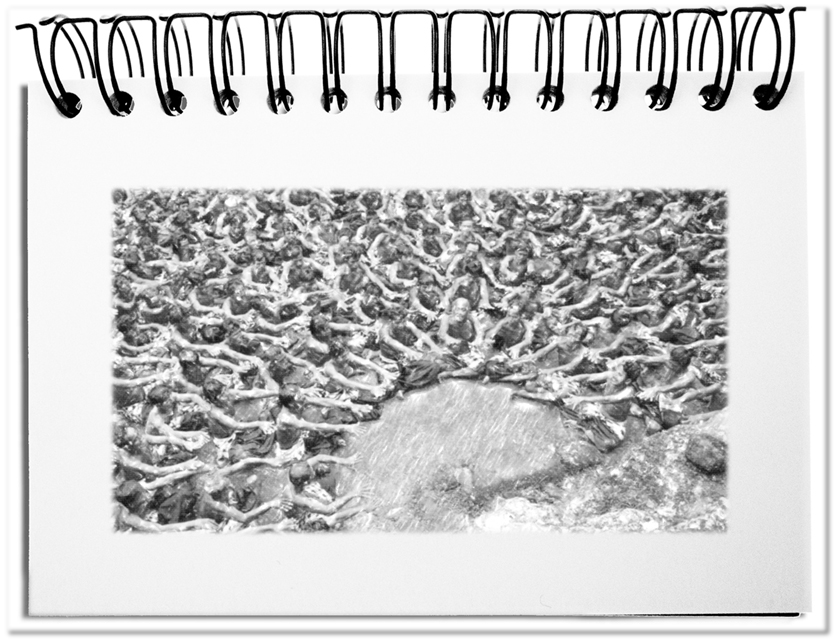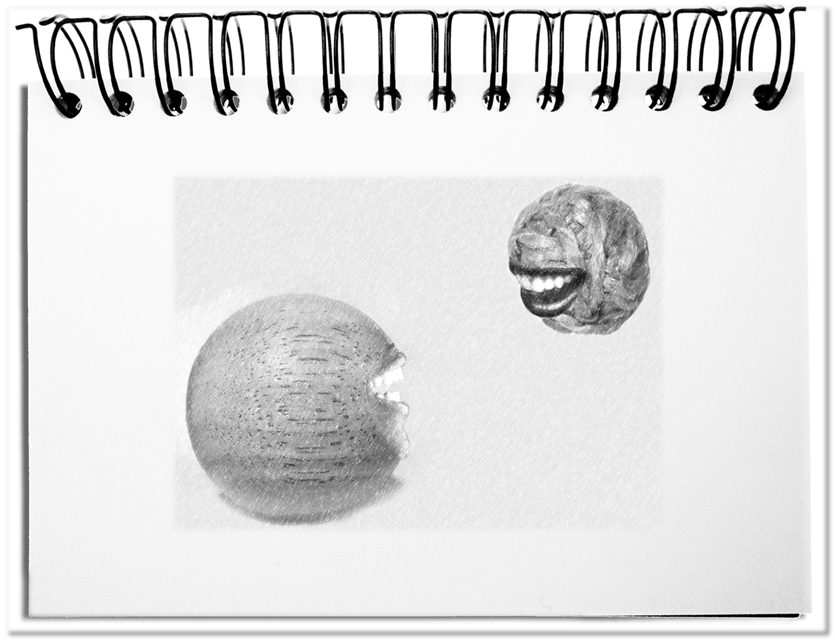Heraclitus had already explained two and a half thousand years ago that one cannot step into the same river twice. His Panta rhei (πάντα ῥεῖ) made us aware of the fact that the only constant is change. Our day is permeated by rituals. In addition to the morning coffee and evenly spread smoking breaks, there are business rituals that get you through the day, week, month and year – the morning meeting (nowadays Daily Stand-up), planning, budget, project and report meetings, as well as annual performance assessment, fireside chat, team development and so on. These rituals create stability in the hyper-accelerated VUCA world and prevent you from being torn away by the flood of data.
The following building blocks help looking at and developing rituals.
- Easy Structure
By the simple course of a ritual, the particular group of participants, who get together at a determined place, at repeating times and for a specific duration knows what they have to do according to their roles. Clear symbols, rules and decision paths underline the purpose and the deeper meaning – whether to steer, develop and change the area or to strengthen the sense of community. - Purpose and meaning
A ritual has an official purpose that has different significances for the individual roles. On the one hand, the organizers pursue with their agenda business and political interests – primarily to convince the participants of their intentions. On the other hand, the participants have complex needs – they want to be informed, prepared, presented or state their own ideas. The ritual relaxes the dilemma between these different requests by ensuring regular exchange through its simple structure. - Sense of community
A central building block is cohesion, which is strengthened by a ritual. The simple structure, the common purpose and meaning for the participants as well as the routine of the ritual will be accepted over time and provides benefits for all participants. The danger of an exclusionary self-conception can be counteracted by appropriately built-in openings – e.g. by a practiced public sphere, established tolerance and equal treatment or by a decisive condemnation of whatever-prejudice. The solidarity between the participants is underpinned by this set of values. Above all, symbols promote a sense of togetherness: logos, emblems and other trademarks. - Well-being
The volatility and ambiguity of the reference points on which the members direct their actions often create uncertainty and fear. Fear is one of the greatest impediments for today’s tasks – when everyone has to adapt because they want to do less for more, or have to work with unknown people, or become harassed by pathological leaders. Contrary to fear, fun is one of the greatest accelerators. We are all charged with confidence and encouraged to perform at our best. Fun brings us into the flow that produces maximum performance. For these reasons rituals always need parts that promote well-being – e.g. meeting at eye level, respectful social interaction, demonstrated appreciation and above all the creation of opportunities to participate.
Bottom line: The group members of all kinds are constantly looking for security in nowadays VUCA world. Countless rituals offer this through a simple process, for and at definite times, and allow an individual group of participants to exchange ideas at a precise location. Clear symbols and rules create the basis for a sense of community and make it easier for those involved to have orientation and to contribute effectively. The official purpose is linked to the interests of each participant. The ritual creates well-being for the individual by overcoming fears and stimulating fun factors at work. Rituals are an integral part of our everyday life and foster stability in the flow of change.


